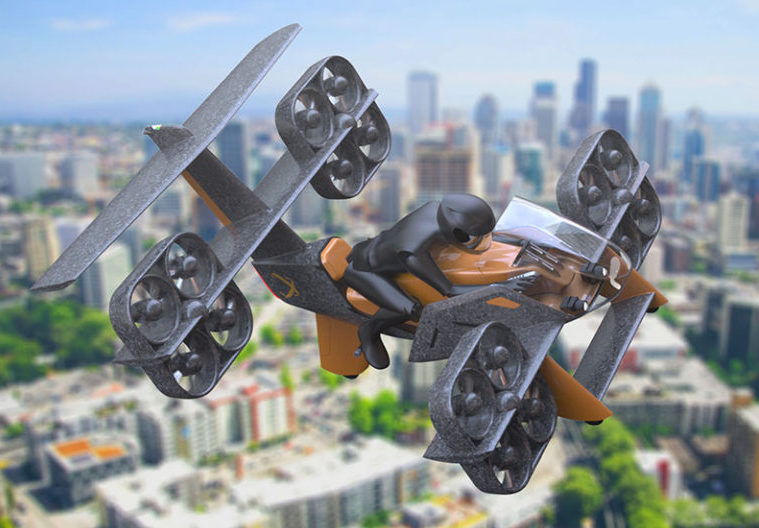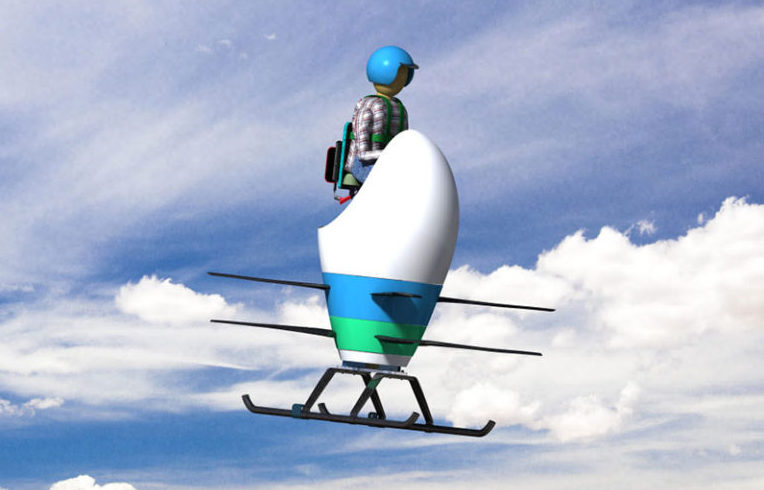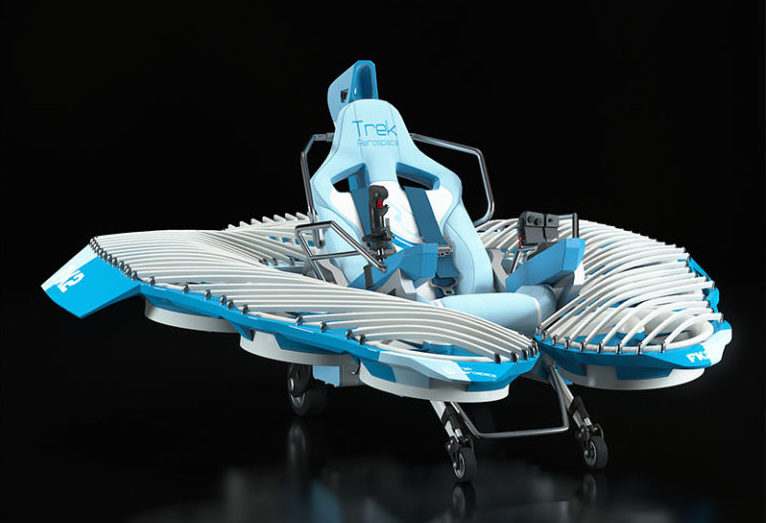Traveling about on your own personal flying machine may still sound far fetched to most folks. But when you learn that an aviation giant like Boeing is supporting the idea to the tune of several million dollars, you might start to wonder if there’s something in it.
The Boeing-backed GoFly contest, which is also sponsored by aerospace manufacturer Pratt & Whitney and more than 20 international aviation and innovation organizations, is reaching its final stages with the top entrants getting ready to show off their weird and wonderful creations at a special three-day event at NASA’s Ames Research Center in California starting February 27.
The five finalists in the $2 million contest have spent the past year developing their prototype designs to create a drone-inspired contraption that can actually carry a person in flight. Hopefully, without crashing.
Specifically, the competitors were tasked with creating a safe, quiet, ultra-compact, single-person vehicle device capable of vertical takeoff and landing, and with a range of 20 miles. The machines can use batteries, gasoline, or aviation fuel for power.
The contest attracted designs from around 850 teams in more than 100 countries before being whittled down to the final five.
They include the ERA Aviabike designed by the Aeroxo team from Latvia and Russia, a machine that can be loosely described as a motorbike with wings.
From Florida-based DragonAir Aviation we have the Airboard 2.0, which the team says is an “all-electric, heavy lifting, self-stabilizing, multi-copter that carries a single passenger in a standing position.” Here’s a prototype in action:
The S1, from Dutch team Silverwing Personal Flight, features two electric ducted fans, a passenger shell for safety, and a landing gear and battery pack that’s integrated into the wing.
From Texas-based A&M Harmony we have the Aria, a cute little number that looks as if someone has cracked open a giant egg and fitted it with flying smarts.
And finally, from California, we have Trek Aerospace’s FlyKart2, a sleek design that’s supposed to be “inexpensive to build, own, and operate.”
Here’s a gallery showing all five finalists:
At the final next week, a cool $1,000,000 will be awarded to the team judged to have the best performing machine overall. A $250,000 prize will go to the quietest machine, with the same amount of cash going to the team with the smallest vehicle. A bonus prize courtesy of Pratt & Whitney will go to the team with the most innovative technology.
The GoFly contest reflects the growing interest in compact, electric-powered flying machines for transportation in urban areas, with companies both big and small keen to get involved.
We’ll be sure to follow up on the GoFly event with a report on the overall winner.







